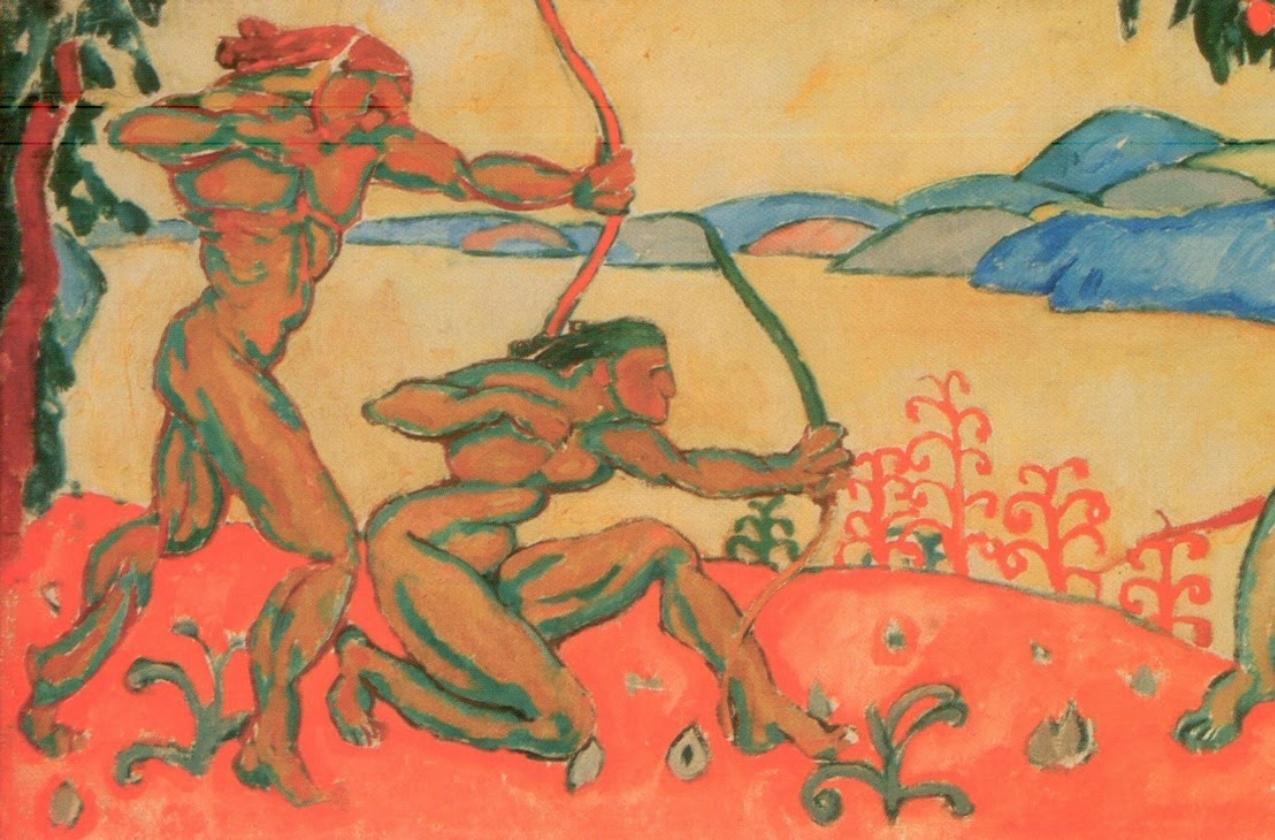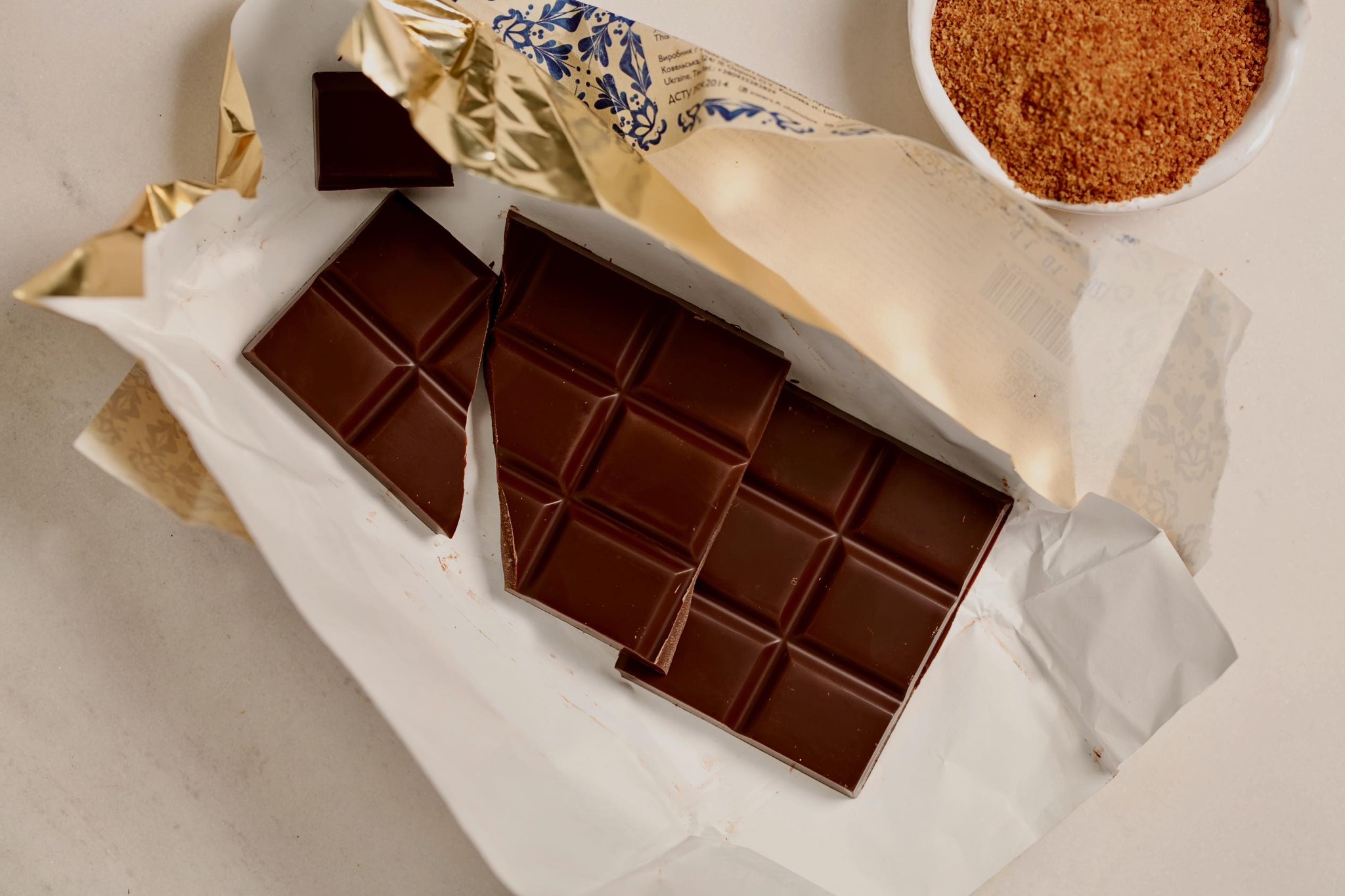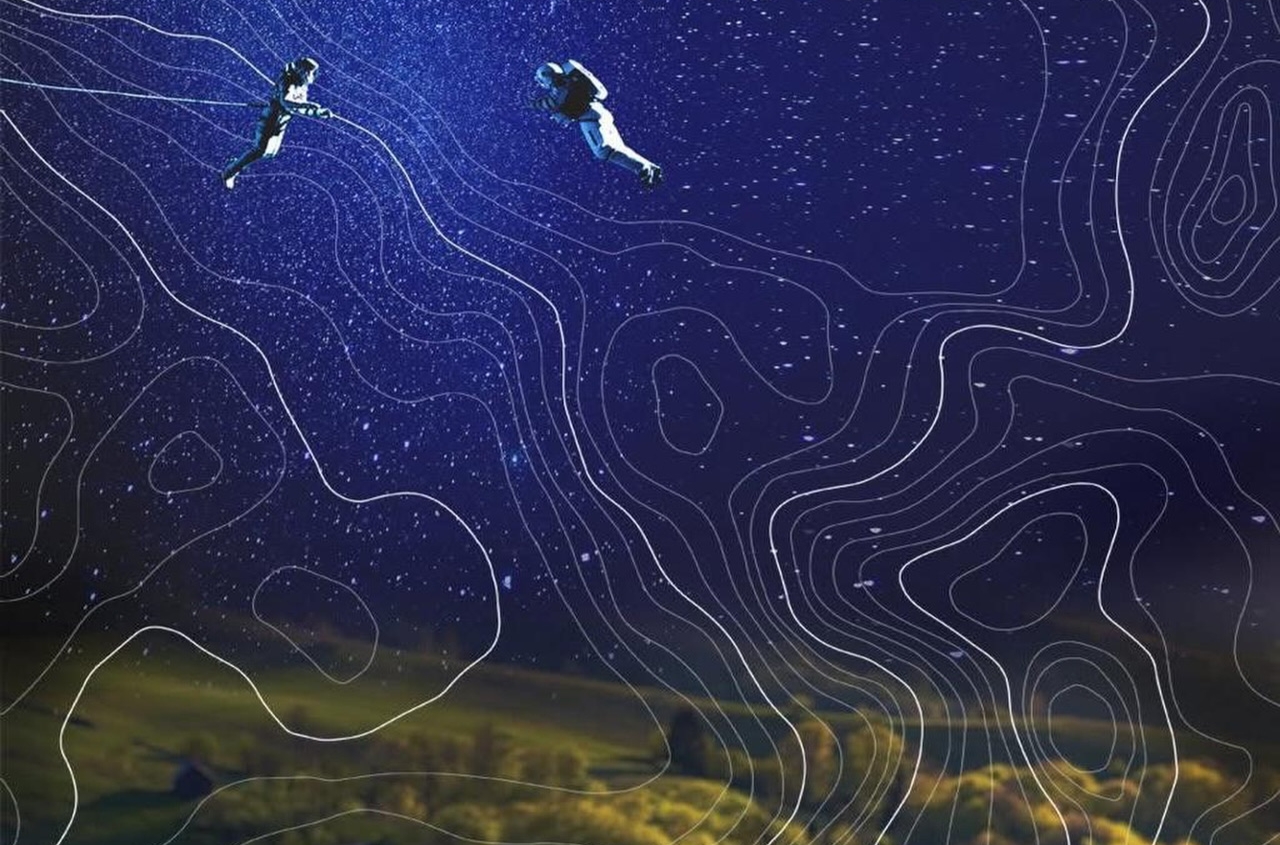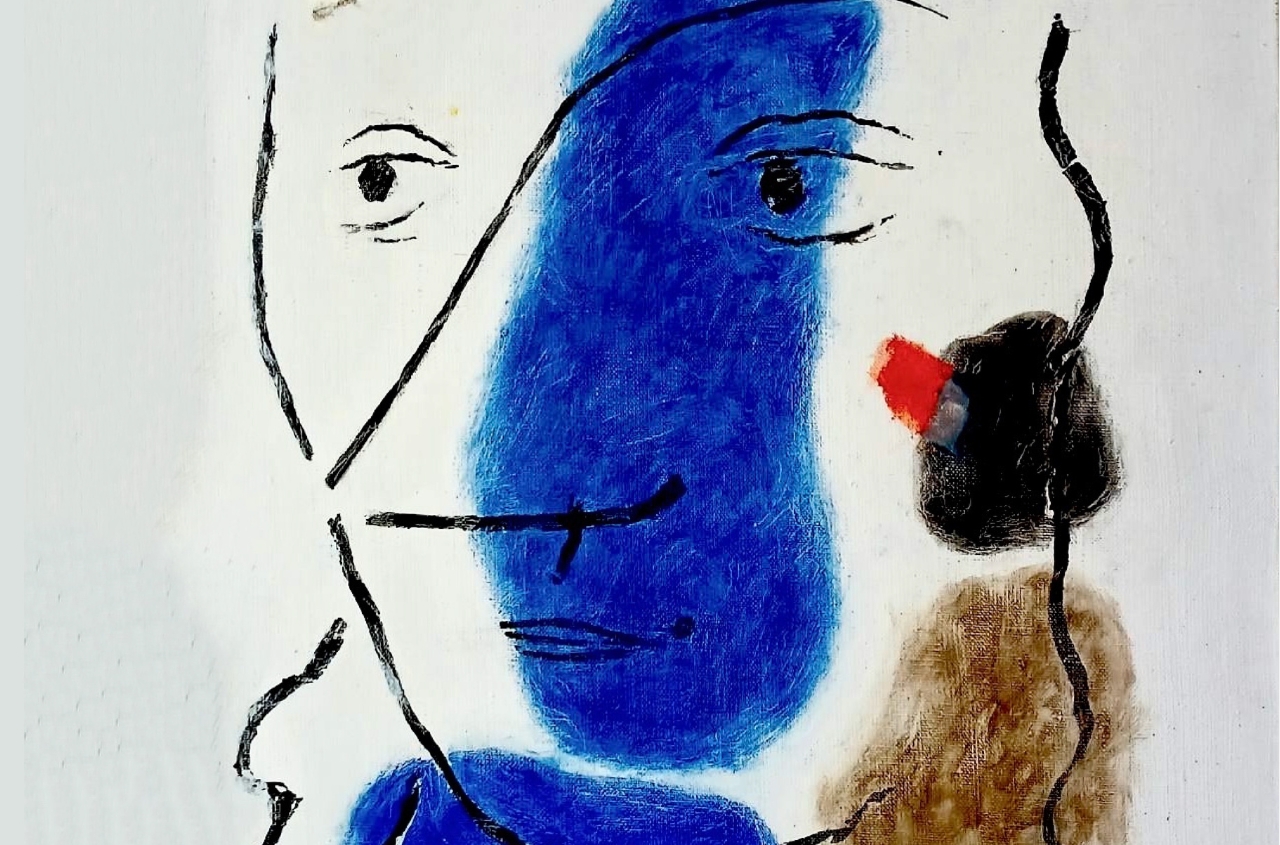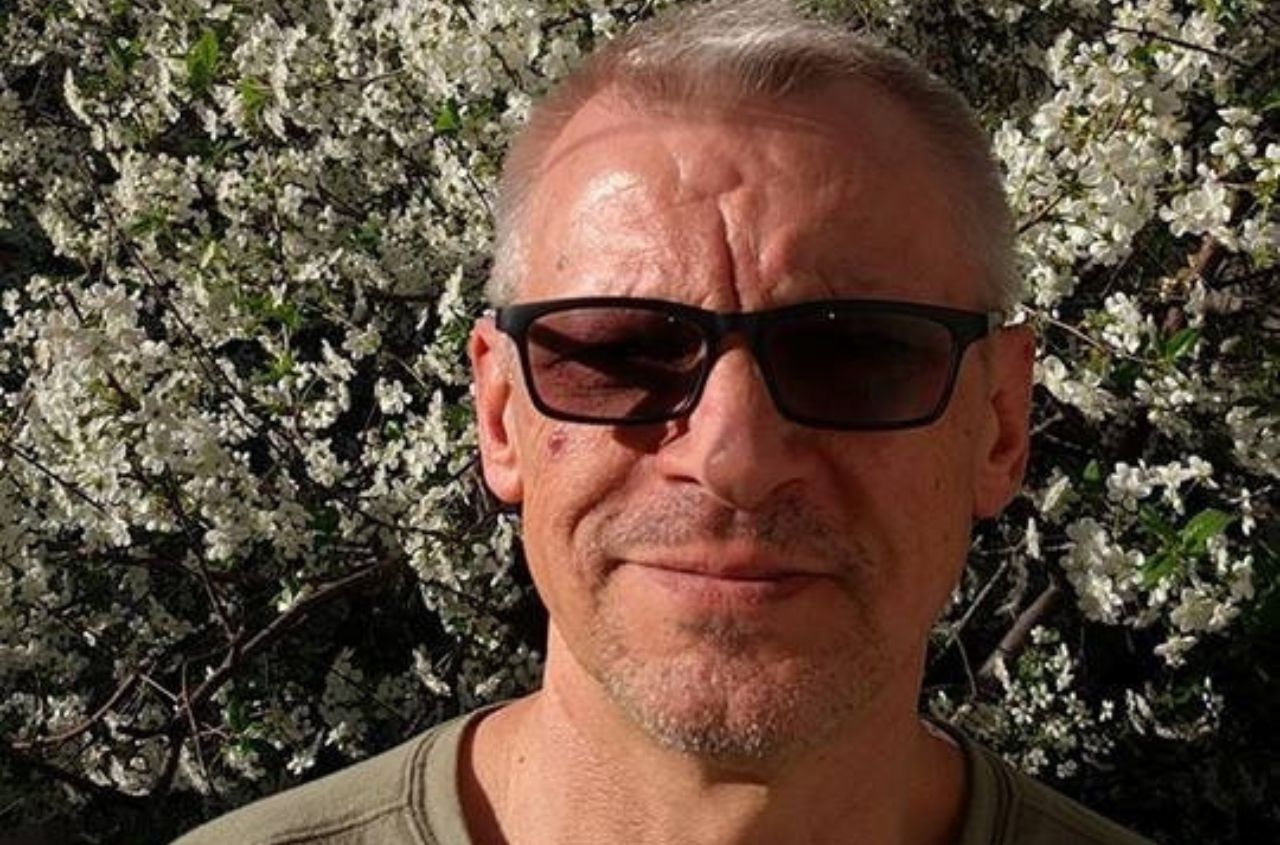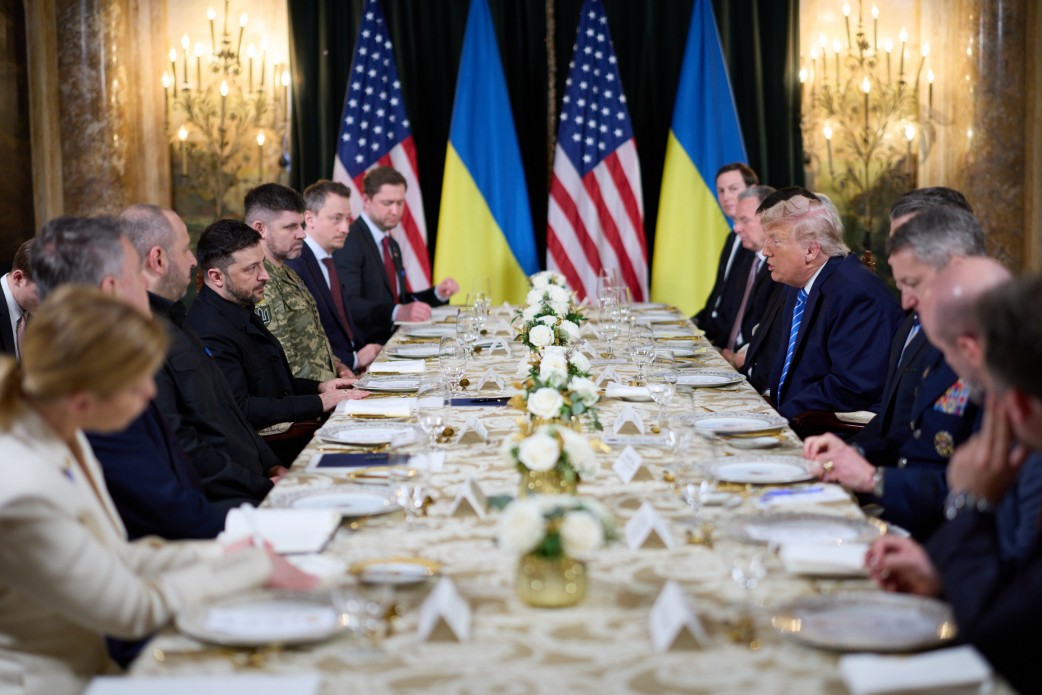The city of Odessa played an important role in creating new forms of art. The modernist tradition arrived on the city’s art scene only just before the revolution. Prior to that, from the start of the 20th century, it had been primarily focused on impressionism. From 1890 and for several decades after that, the Society of Southern Russian Artists (SSRA) played a defning role in the artistic life of the city. The upper ranks of the SSRA included Kyriak Kostandi, Petr Nilus, Herasym Holovkov, and Tit Dvornikov. Members of the SSRA started out as members of the peredvizhniki school, but by the beginning of the 20th century had shifted towards impressionism and modernism. That said, it was the peredvizhniki that gave the Odessa Art School its teachers, and while the school has gone down in history as just a local institution of note, its teachers educated some of the most prominent members of the avant-garde. It may seem paradoxical, but the conservative members of the SSRA tutored the likes of Davyd and Volodymyr Burliuk, Natan Altman, Vladimir Baranoff-Rossine, Aleksei Kruchenykh, Teofil Fraerman, Amshey Nurenberg, and Volodymyr Izdebsky.


Sometimes art needs a jolt, a spark to make it truly radical. With this in mind, it is therefore relevant to remember Volodymyr Izdebsky, a preeminent cultural fgure who played an invaluable role in introducing examples of the global and national avant-garde to Odessa and other major cities in the empire. An artist, sculptor, and impresario, Izdebsky was born in Kyiv and received his art education in Odessa and Munich where he befriended Wassily Kandinsky and Alexej von Jawlensky. He was a fery social revolutionary and he entered the history books thanks to two salons that he organized at the end of 1909 and the beginning of 1911, respectively. These salons were a turning point in the circulation of radical art. The 27-year-old Izdebsky opened the frst salon in Odessa and then took it to Kyiv, St. Petersburg, and Riga. The salon contained around 800 works of art by 150 young artists from France, Italy, Germany, and the Russian Empire. Work was shown by such artists as Henri Matisse, Georges Braque, Maurice de Vlaminck, André Derain, Kees van Dongen, Maurice Denis, Albert Marquet, Gabriele Münter, Giacomo Balla, Paul Signac, Pierre Bonnard, and Henri Rousseau. There were around 120 local artists that took part as well, including Wassily Kandinsky, Alexej von Jawlensky, Aleksandra Ekster, Vladimir Tatlin, Mikhail Larionov, Natalia Goncharova, Aristarkh Lentulov, Robert Falk, Ilya Mashkov, Kuzma Petrov-Vodkin, Volodymyr and Davyd Burliuk, and Léon Bakst.
The second salon was smaller, taking place only in Odessa, Kherson, and Mykolaiv. That said, over 400 works of art were shown by Russian and German artists. They included art by Ekster, Tatlin, Mashkov, Falk, Goncharova, and Lentulov. The stand-out sensation of this salon was Kandinsky, who exhibited 60 pieces of work. The effect of Izdebsky’s salons on the art scene was akin to an exploding bomb. Many artists and critics encountered modern art for the frst time at Izdebsky’s salons. According to the Odessan Benedikt Livshits, whose life was closely tied with Kyiv and St. Petersburg and who took part and chronicled the futurist Hylaea movement, “Izdebsky’s exhibition played a decisive role in drastically altering my artistic tastes and attitudes.

There was much to link the founder of abstractionism Wassily Kandinsky with Odesa, and not just Izdebsky’s salon. Kandinsky moved to Odesa from Moscow with his parents in 1871. He attended Gymnasium No.3 for boys, where he had his frst painting lessons. Kandinsky’s relationship with the port city was contradictory; when leaving the city in 1889 to go and study in Moscow he wrote, “Odessa, be gone with you!†and complained many times in his autobiography Stupeni (Steps, 1918) that his family felt alienated in the city and didn’t understand its language. Nevertheless, Kandinsky visited Odesa every year to see his friends and relatives and was an exhibitor and
member of the SSRA from 1898 to 1910. He also maintained contact with Nilus, Kostandi, and many other young artists, several of whom left to study abroad due to his influence. After 1910, Kandinsky’s views began to diverge from those of the Southern Russian school, though he would continue to exhibit his work in Odessa, showing his “compositions†and “improvizations†of that period. Kandinsky was one of the masterminds behind Izdebsky’s salon and the 1914 Spring Art Exhibition. His essay “On Understanding Art†was published in the catalog for that exhibition, which was the last large pre-war international art event featuring the Munich group Der Blaue Reiter (The Blue Rider), led by Kandinsky, the Moscow group Jack of Diamonds, and the Odessans, who would go on to form the core of The Society of Independent Artists.

The talented and expressive Independent Odessans comprised a bright page in the history of Odessan modernism. Veniamin Babadzhan, Moisei Gershenfeld, Amshey Nurenberg, Teofl Fraerman, Sigizmund Olesevich, Isaak Malik and Sandro Fazini (Srul Fainzilberg, the brother of Ilya Ilf)—all of these artists studied at the Odessa Art School and opposed the SSRA, which by the end of 1910s had become a society of backwardlooking painters. Many of the Independents lived for a long time in Paris, joining the École de Paris. The influence of Cézanne, Gaugin, Matisse and de Vlaminck, Picasso and Braque is evident in their work. After returning to Odessa from Paris, Nurenberg set up an open workshop of easel and decorative painting and sculpture. During the years 1918–19, its students would include Naum Sobol, Polina Mamicheva-Nurenberg and Isaak Efet-Kostini. Its teachers would be Nurenberg’s friends from The Society of Independent Artists: Fraerman, Malik, and Babadzhan. Other members of the Independents included Pavlo Nitshe and the symbolist Dmitrii Lebedev who died young and whose watercolors are often compared by art historians to the work of Vsevolod Maksymovych. The arrival of the Independents coincided with the Russian revolution and the civil war, and the resulting chaos of that time meant that the majority of their work had been lost,38 and the society itself quickly broke down. Veniamin Babadzhan, enlisted to fight at the beginning of World War I, was shot in 1920 in Crimea during the Red Terror, meeting the same fate as many other White Army offcers. Amshey Nurenberg lived a long life, painting conformist socialist-realist art, while Sandro Fazini left for Paris and died in Auschwitz in 1942. Isaak Malik moved to Moscow in 1933 and made signs for the city zoo, portraits of political leaders for different companies, as well as reproductions for the Museum of the Revolution. In the end, only Teofil Fraerman continued to live and work in Odessa. He taught at the Art School and would go on to influence the next generation of young artists.
Alisa Lozhkina. Permanent Revolution: Art in Ukraine, the 20th to the Early 21st Century. Written by a leading Ukrainian curator and art critic, showing the history of the development of visual art practices in Ukraine, from the birth of modernism to the present day, into a cohesive narrative. Particular emphasis is given to the period since independence.
To be continued...









